Part 4: The Ibusuki no Tamatebako (“The Pandora’s Box of Ibusuki”)
Welcome to part four of our series on sightseeing trains in Kyushu! In this article, we are going to talk about the special D&S sightseeing train Ibusuki no Tamatebako, what to do once you arrive in Ibusuki, as well as an alternative, the local train.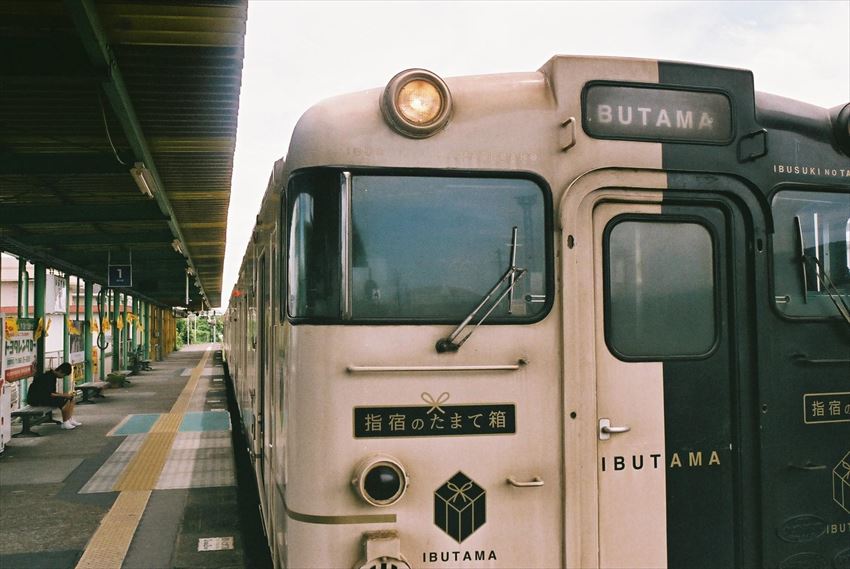
The Ibusuki no Tamatebako
The train itself looks quite amusing, like a milk cow to us. Also quite interesting is its name: Tamate refers to the hand (a beautiful hand like white jade) and hako means box. Together, the word can mean a woman’s casket (see the little gift box in the picture?), but it can also mean the Pandora’s Box.The latter meaning links to the famous Japanese fairy tale of Urashima Taro (a village boy saving a sea turtle, who then invited him to the underwater sea palace, but the boy grew home-sick, and upon departure, he was gifted with the Tamate Hako and told never to open it…)
Also corresponding to this theme, when it opens its doors in Ibusuki, it is said that there will be white mist coming out at the door, like when you open the Pandora’s Box/tamatebako!
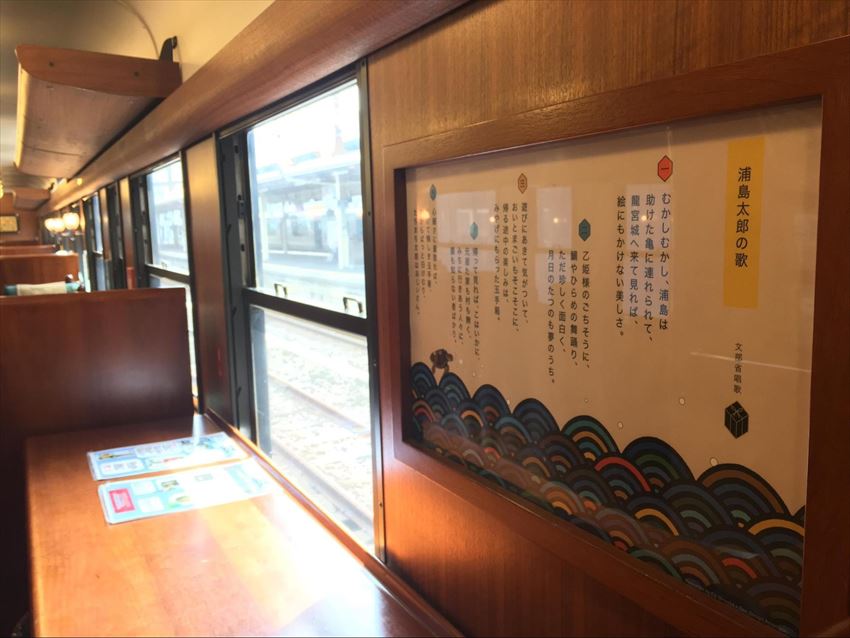
The Song of the Urashima Taro in the train.
The public gallery seats
This is one of the special train even within sightseeing trains, due to the special seating. As the sea is on the east side (left when going to Ibusuki and right when returning to Kagoshima), the seats have been so arranged.In the public gallery section, for example, aside from the public gallery seats (where you can have lunch/sweets while watching the Kagoshima Bay and the Sakurajima go by slowly), there are also exquisitely decorated sofas behind that are as comfortable as they look.
Also because of that, even if you couldn't reserve the seaside seat, it's okay (board the train earlier!).
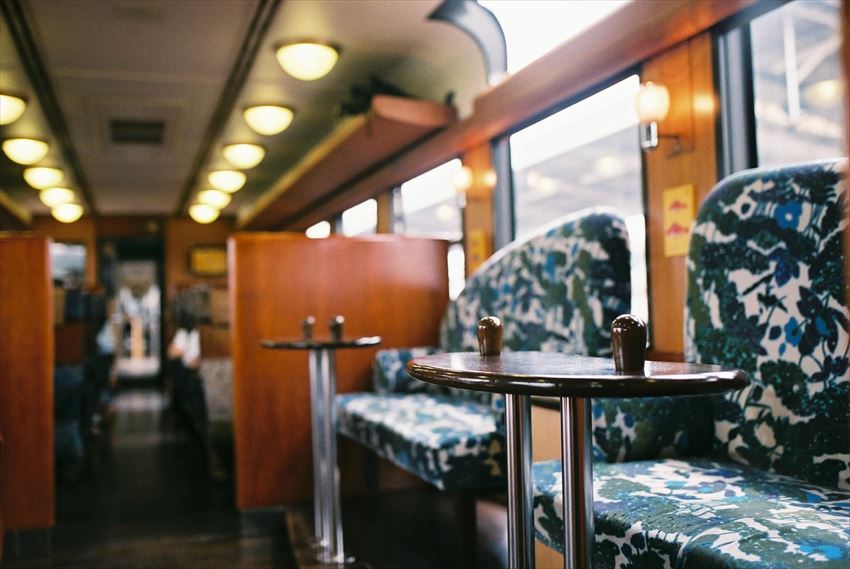
Interesting cabin with paintings
Also we want to draw your attention to the interesting paintings decorating the cabin (you can see a little bit of it in the picture above).They are the different fish of Kagoshima – like tai, saba, etc. That way, you can know what to order when you arrive in a Japanese restaurant next!
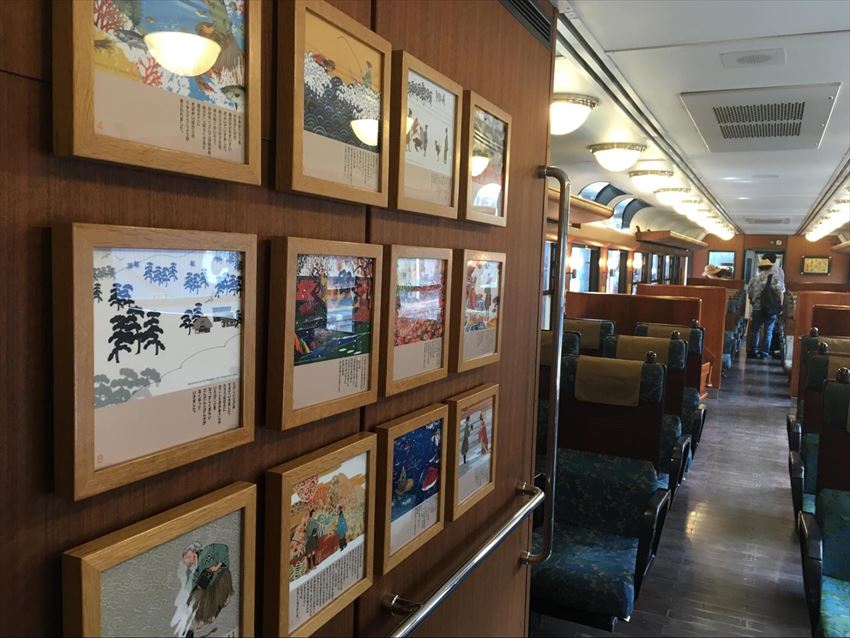
Other paintings decorating the Ibusuki no Tamatebako
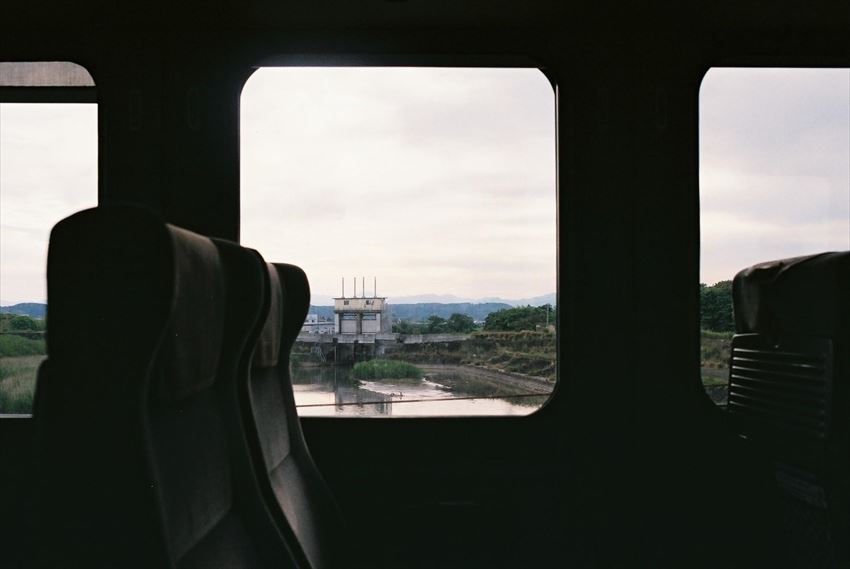
Take a virtual tour of the train!
Map
Food
The food sold on the train is not the bento like the ones sold in more long-distance trains, but sweets and desserts. We have assembled, like in previous articles, a set for one person:● a box of tea sugar coated biscuits and bean cookies (The tea biscuit is fabulous – the butter’s richness is mixed with the coating’s sweetness, moderated by tea’s subtle umami);
● a black sesame pudding (both have creamy, rich textures – perfect matching); and
● a bottle of cider, using the natural spring water (湧水) of Ibusuki.
Together, they added flavor and sweetness to the already picturesque scenery and train experience.

What to do in Ibusuki: Sand Bathing
With three rides every day (plus a number of regular trains), there is time perfect for one-day trip if you take the first train from and the last train back to Kagoshima – though of course feel free to stay behind in Ibusuki!Sand steaming (砂むし)
As mentioned at the beginning, we have trains to catch so we only spend the noon in Ibusuki – and we seized the time to do one thing: sand bathing – or literally, sand steaming (砂むし) –– which is well, just burying yourself in the sand! It is described as a gift by the Ibusuki volcanoes.Sa-Raku(砂楽)
The place (Sa-Raku砂楽) we went is quite famous and is the one closest sand bath to the station. You can take the regular bus, taxi (5 mins, 620 yen) or walking (around 30 mins). Walking along the coastline itself is a joy!
The coastline of Ibusuki.
Map
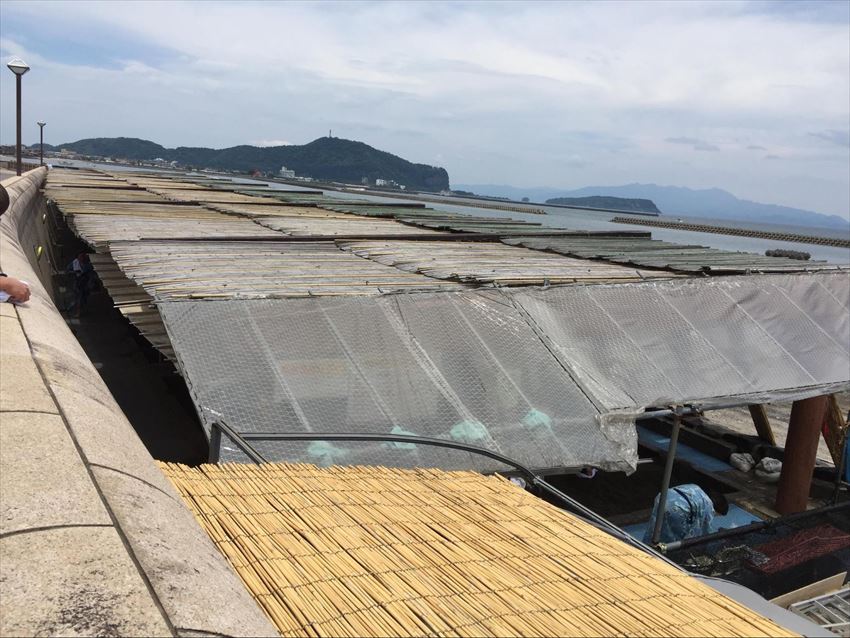
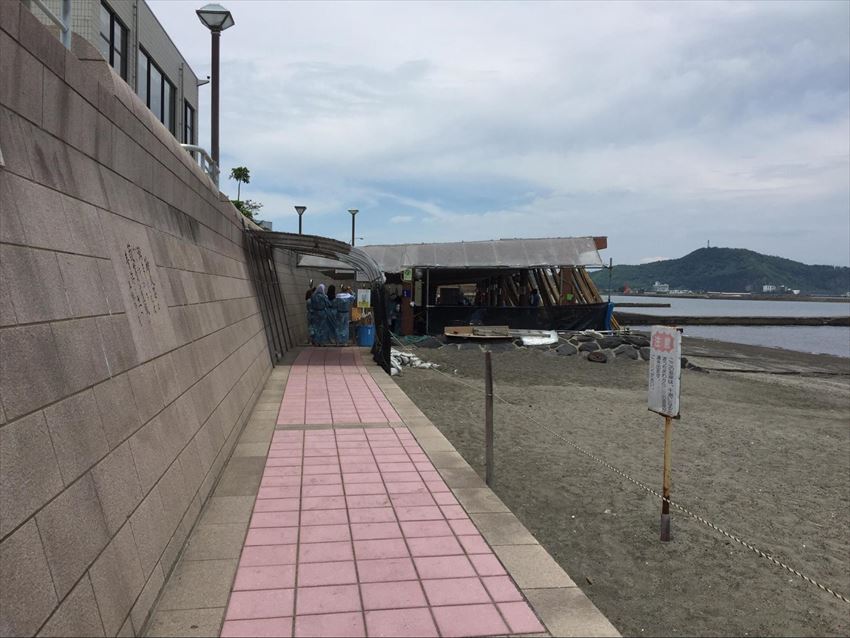
The huts housing the sand baths.

The masu (桝) being sanitized using onsen water.
Masu (桝)
First, you get changed into their blue yukata, and then go straight to the sand bath. The staff will direct you to one of the sand baths (small “boxes” called masu (桝).Every group is allowed one device (smartphone or camera). The staff will take pictures for you while you are buried deep in the sand. Please don’t forget to bring towels – not just a big one for the onsen bath, but also a small one so that the sand can be firmly attached to your shoulder and neck.
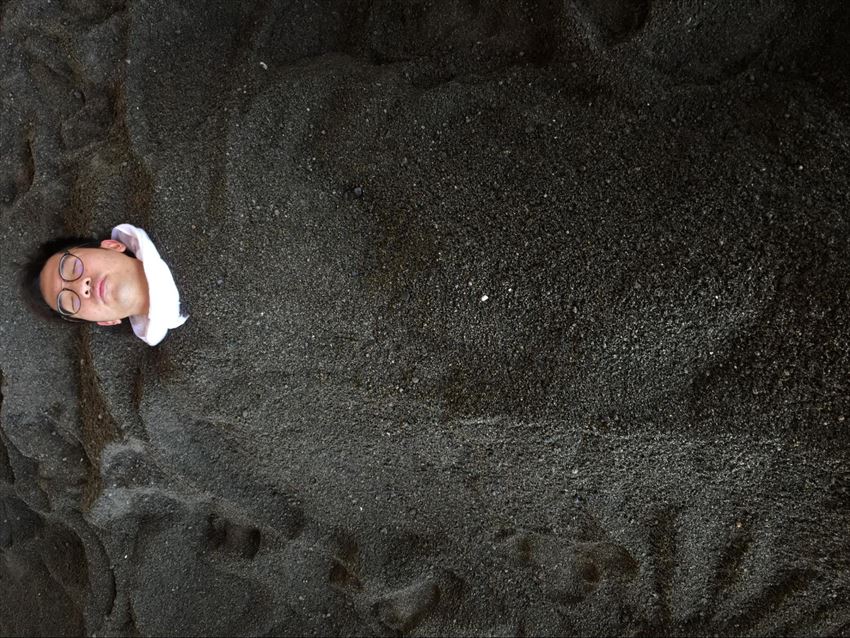
Extraordinary experience
It was an extraordinary experience: surrounded by warmth and comfort, listening to the sound of the invisibly pounding waves, while gazing at the blue sky, partitioned by the several pillars to become several paintings on their own.After 10 minutes – a time they recommend to avoid burn (which is possible by extended exposure even at low-temperature), you can enter the shower room (which is super cool, with a 365 degree surrounding shower!) to drop the sand, after which you can take the onsen, the sauna, etc.
The onsen is not just sea water heated, but is said to be “fossil seawater” onsen of unknown history.
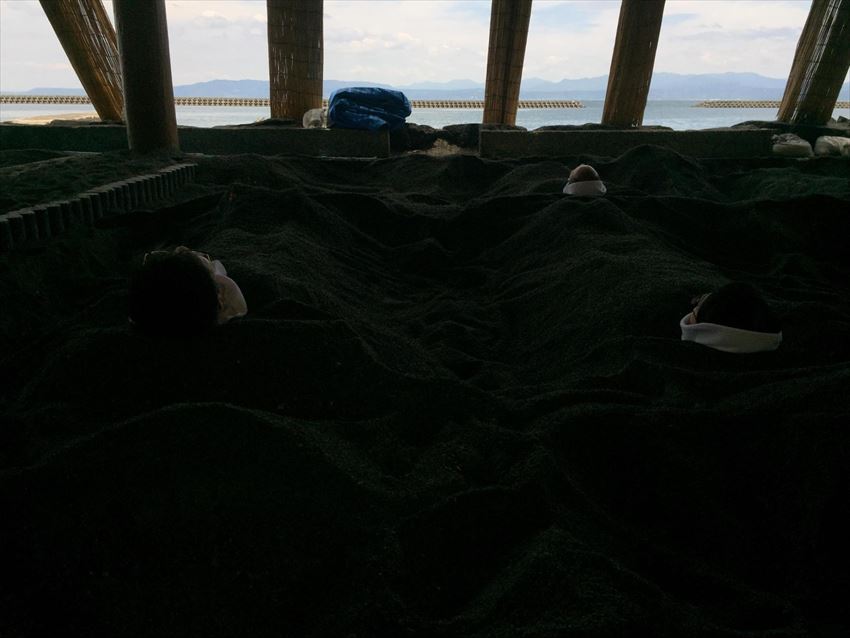
Alternative: local train
But we all know that sightseeing trains like the Tamatebako are very full – in fact, on the day that we went, all three rides are sold over.At this time, feel free to try the local train (especially because you’ll need a return journey anyway!)
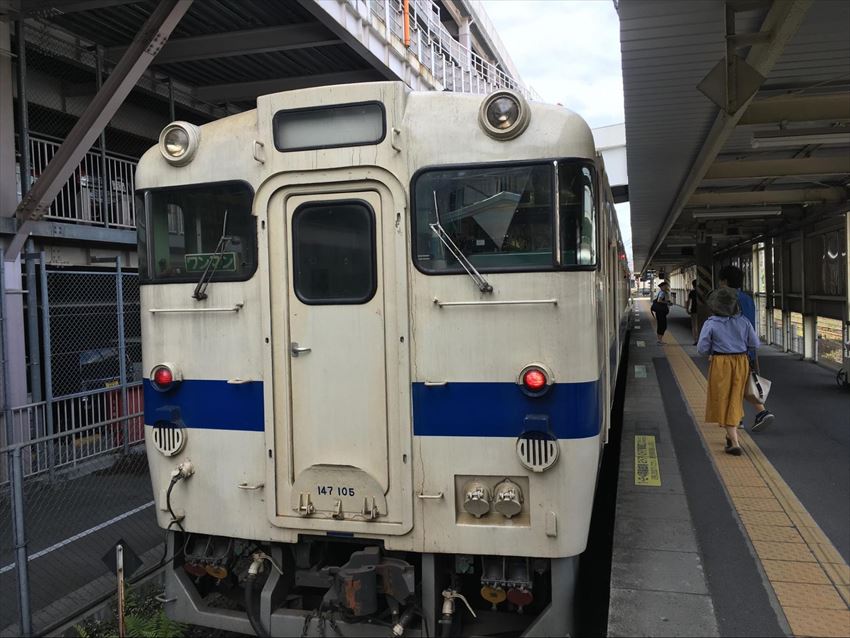
The much more modest cousin to Ibusuki no Tamatebako.
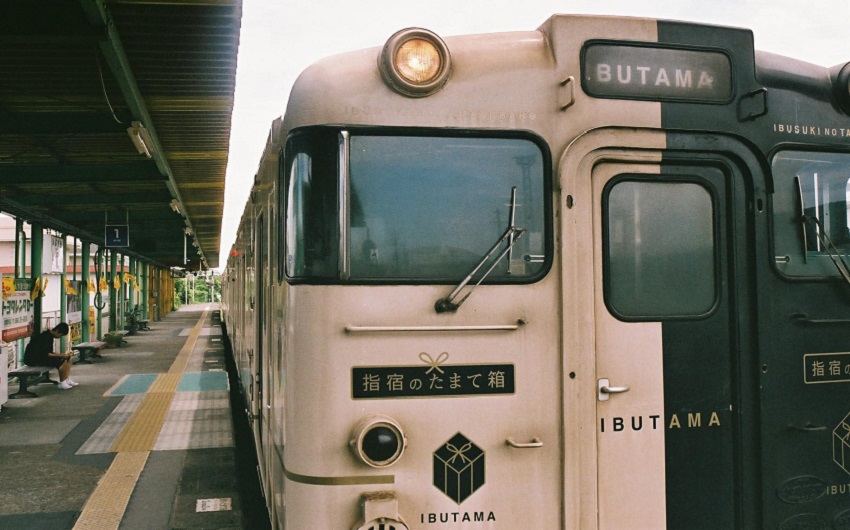

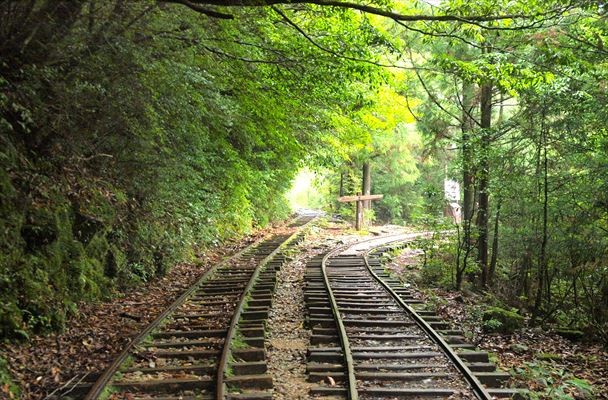

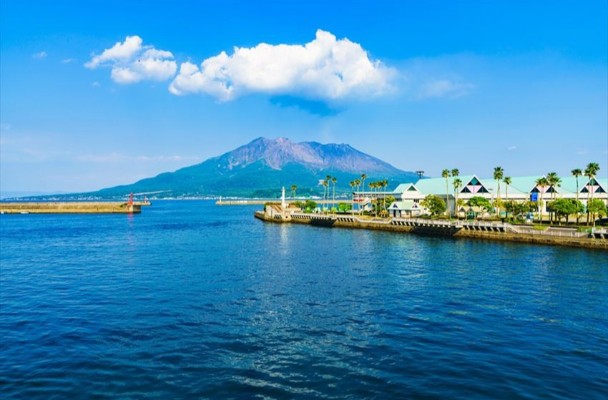
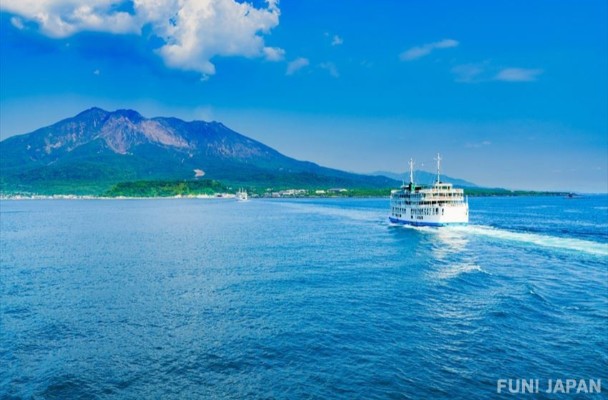
Comments